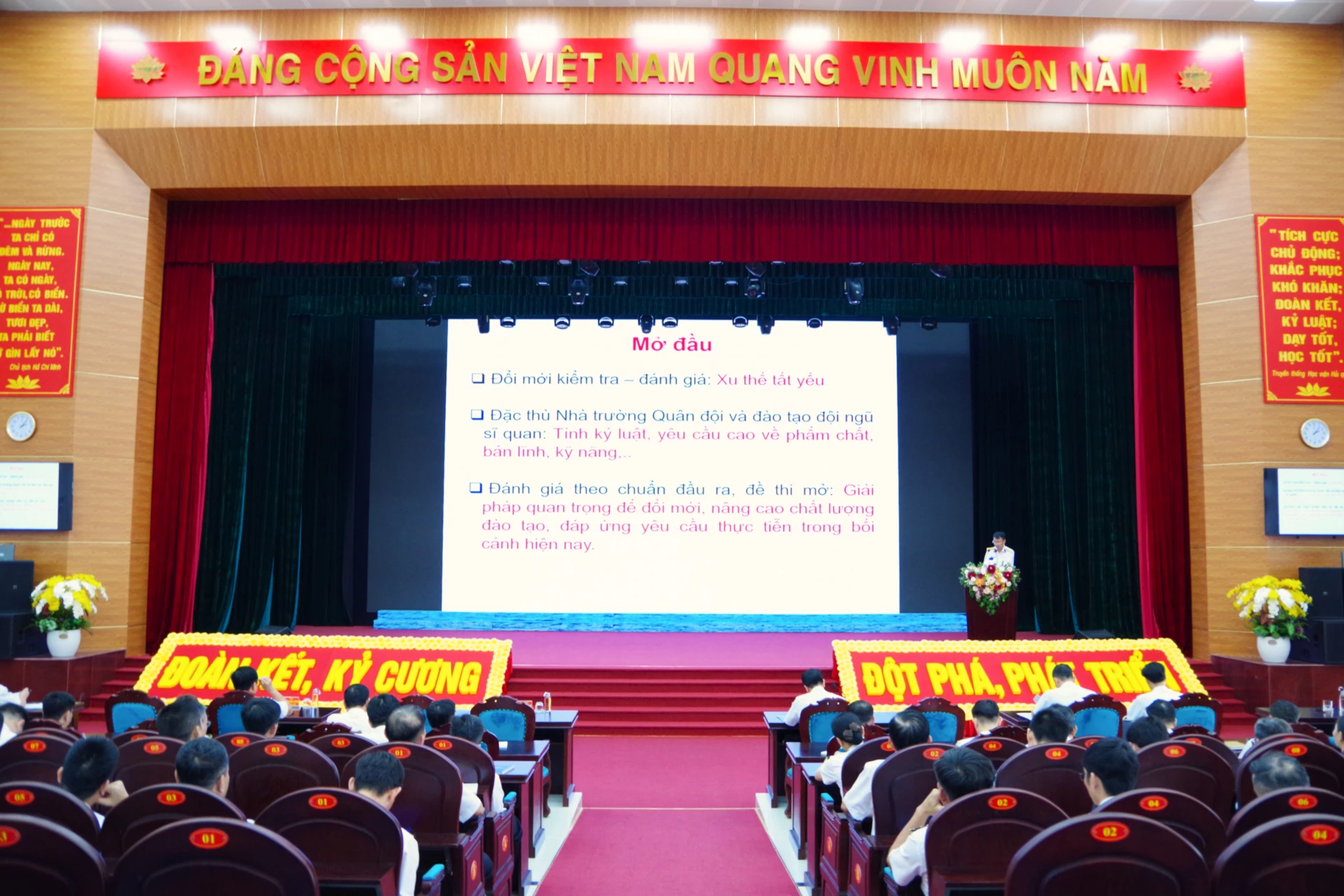This is a step that demonstrates flexibility in utilizing social resources to quickly solve the problem of public toilet shortage - which is the "bottleneck" of a civilized city.
However, the question is how to make this model not just a short-term movement? And more importantly, what should Hanoi do to have a synchronous, modern public toilet system that serves the people and tourists in the long term?
Previously, the city had also encouraged hotels, restaurants, cafes, etc. to open restrooms to serve the community, but the movement only lasted for a while and then subsided. In the 2016-2017 period, Hanoi planned to build 1,000 public restrooms using socialized capital, but this goal was not realized due to many reasons such as lack of planning, lack of accompanying technical infrastructure, etc. Notably, many projects that have been put into operation are now degraded, even closed, while the city still has a serious shortage of public restrooms.
Opening public restrooms is a good deed, but it also brings with it concerns, from the sudden increase in users causing pressure on facilities or increasing costs, to poor user awareness, which can lead to damage and unsafety. Therefore, if relying solely on volunteerism, many units are easily discouraged by the burden of maintenance costs.
Therefore, for this model to be sustainable, there needs to be a specific incentive mechanism, including support for maintenance costs, tax or service fee reductions for participating units; encouraging restaurants, cafes, and shopping malls to open free restrooms, and receive support for promotion on tourism applications. Along with that, the city should issue a set of operating standards and specific instructions to ensure hygiene, safety, and convenience.
Above all, the “friendly toilet” model is only a supporting solution, and cannot completely replace the network of specialized public toilets. Therefore, Hanoi needs to soon have a comprehensive strategy for the formation of this network. First of all, it is a synchronous and dense planning, with the location of toilets carefully calculated according to the traffic flow, regional characteristics and traffic connections. The Old Quarter, parks, tourist attractions, bus stations, markets, etc. must be priority locations.
The city can learn from the experience of developed urban areas, such as allowing businesses to exploit advertising or small services at toilets to offset operating costs, while also binding maintenance responsibilities. Instead of just handing over land to construction businesses, the city signs long-term management contracts, requiring periodic reports.
As the political , economic and cultural center of the country, Hanoi needs to set specific goals for the next 5 years, forming a network of modern public toilets covering crowded areas; applying technology to deploy automatic sanitation systems, saving water, saving electricity, monitoring and connecting.
Public toilets are not just ancillary facilities. They are a measure of urban civilization, a manifestation of a friendly, livable city.
Source: https://hanoimoi.vn/thuoc-do-cua-do-thi-van-minh-712264.html




























![[Photo] An Phu intersection project connecting Ho Chi Minh City-Long Thanh-Dau Giay expressway behind schedule](https://vstatic.vietnam.vn/vietnam/resource/IMAGE/2025/8/21/1ad80e9dd8944150bb72e6c49ecc7e08)


































![[Photo] Politburo works with the Standing Committee of Hanoi Party Committee and Ho Chi Minh City Party Committee](https://vstatic.vietnam.vn/vietnam/resource/IMAGE/2025/8/21/4f3460337a6045e7847d50d38704355d)

































Comment (0)